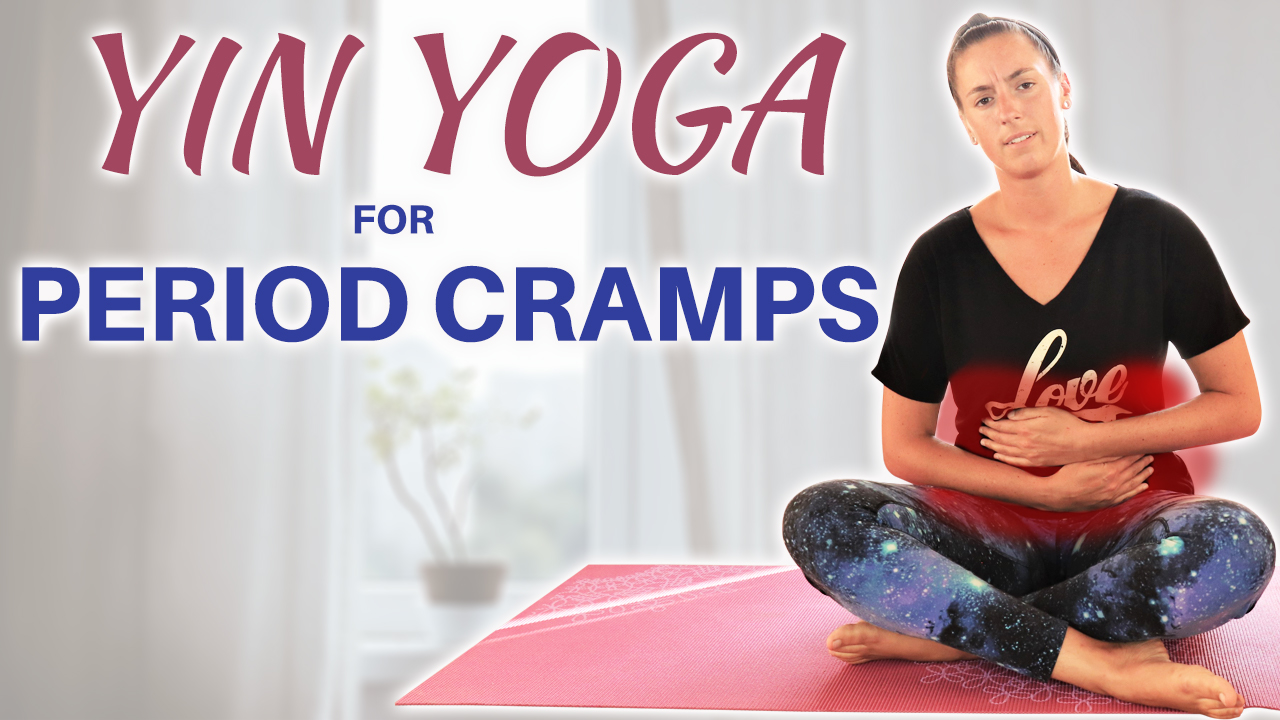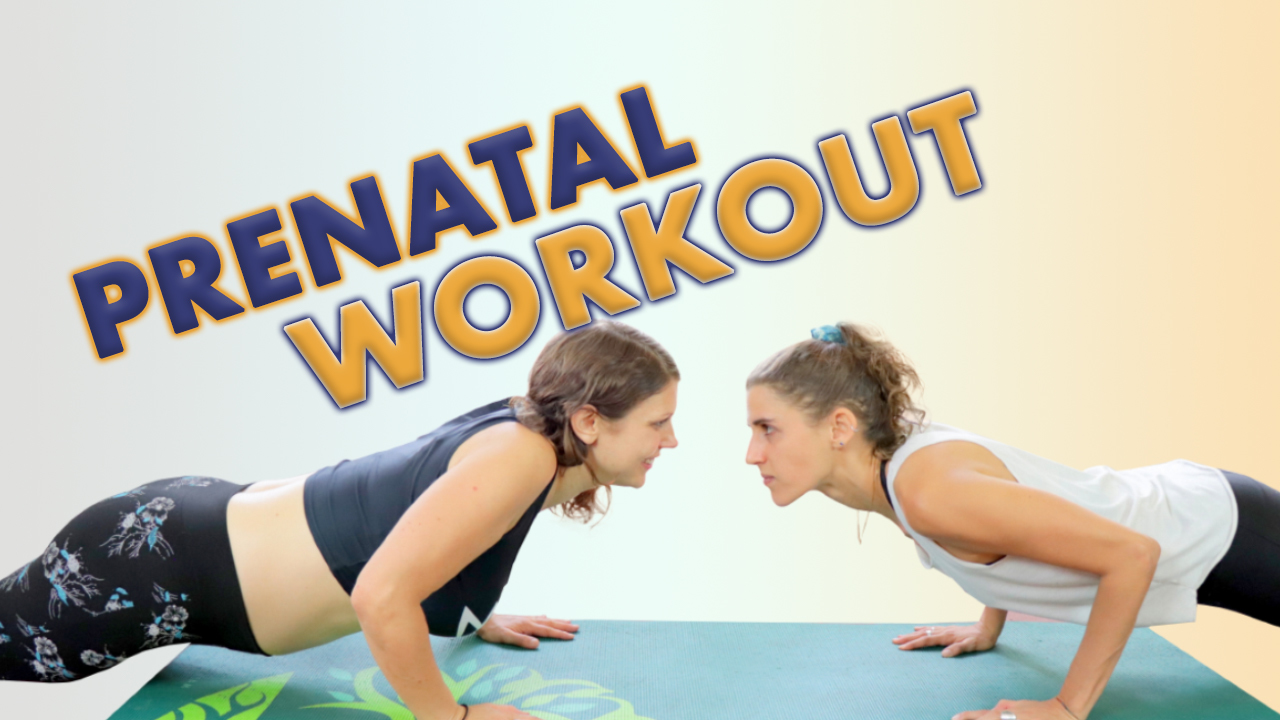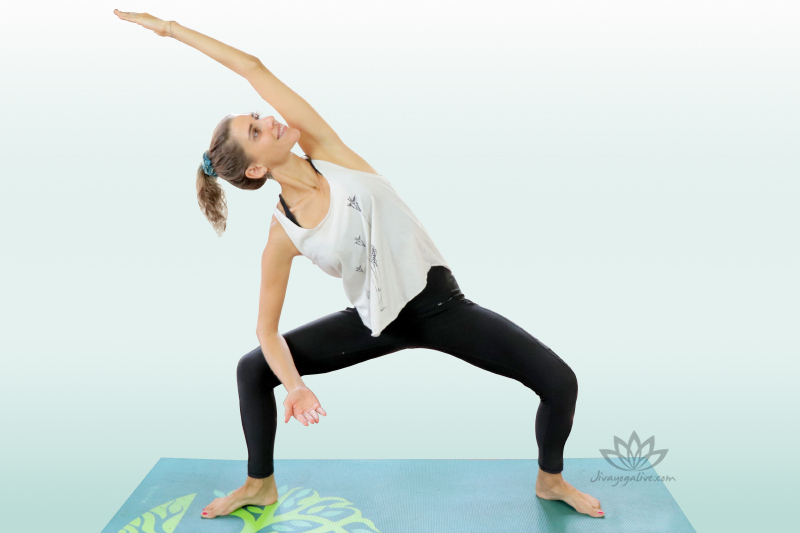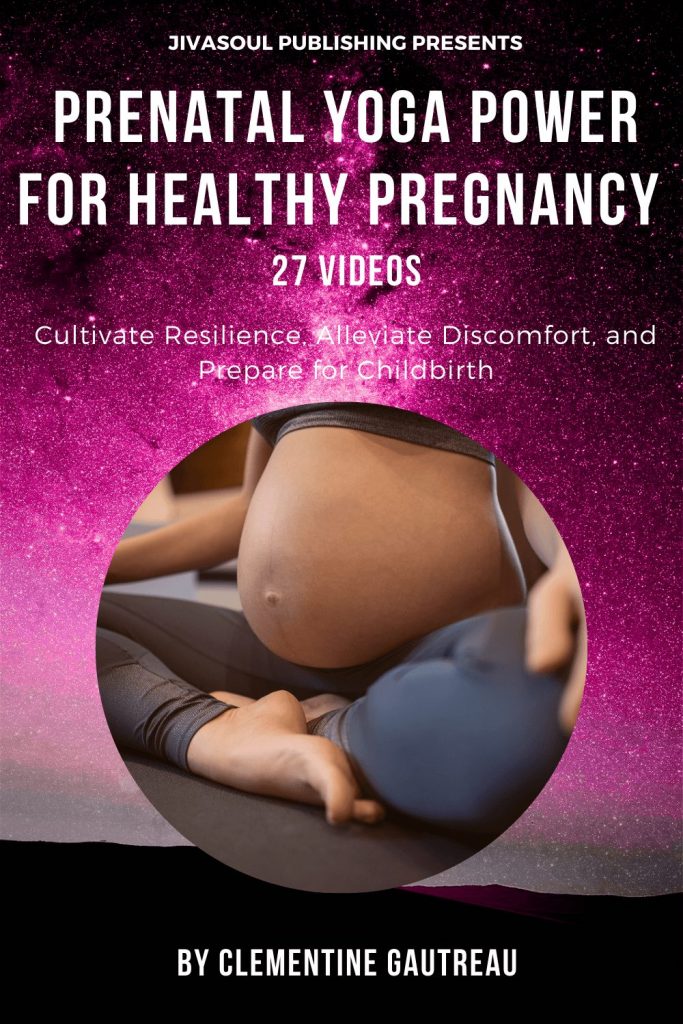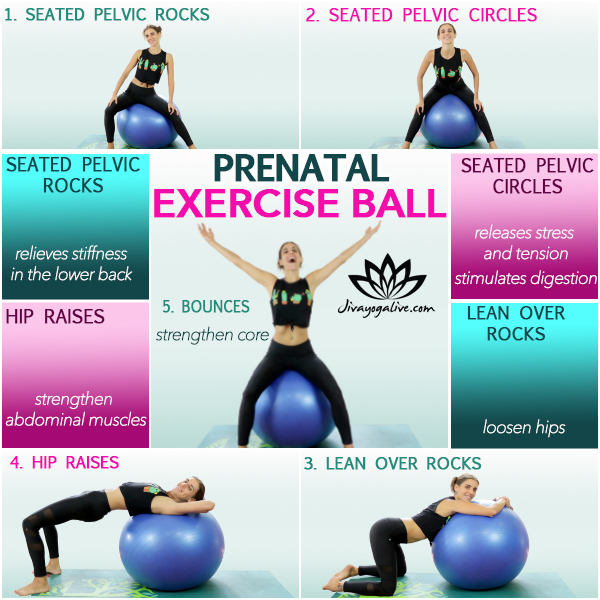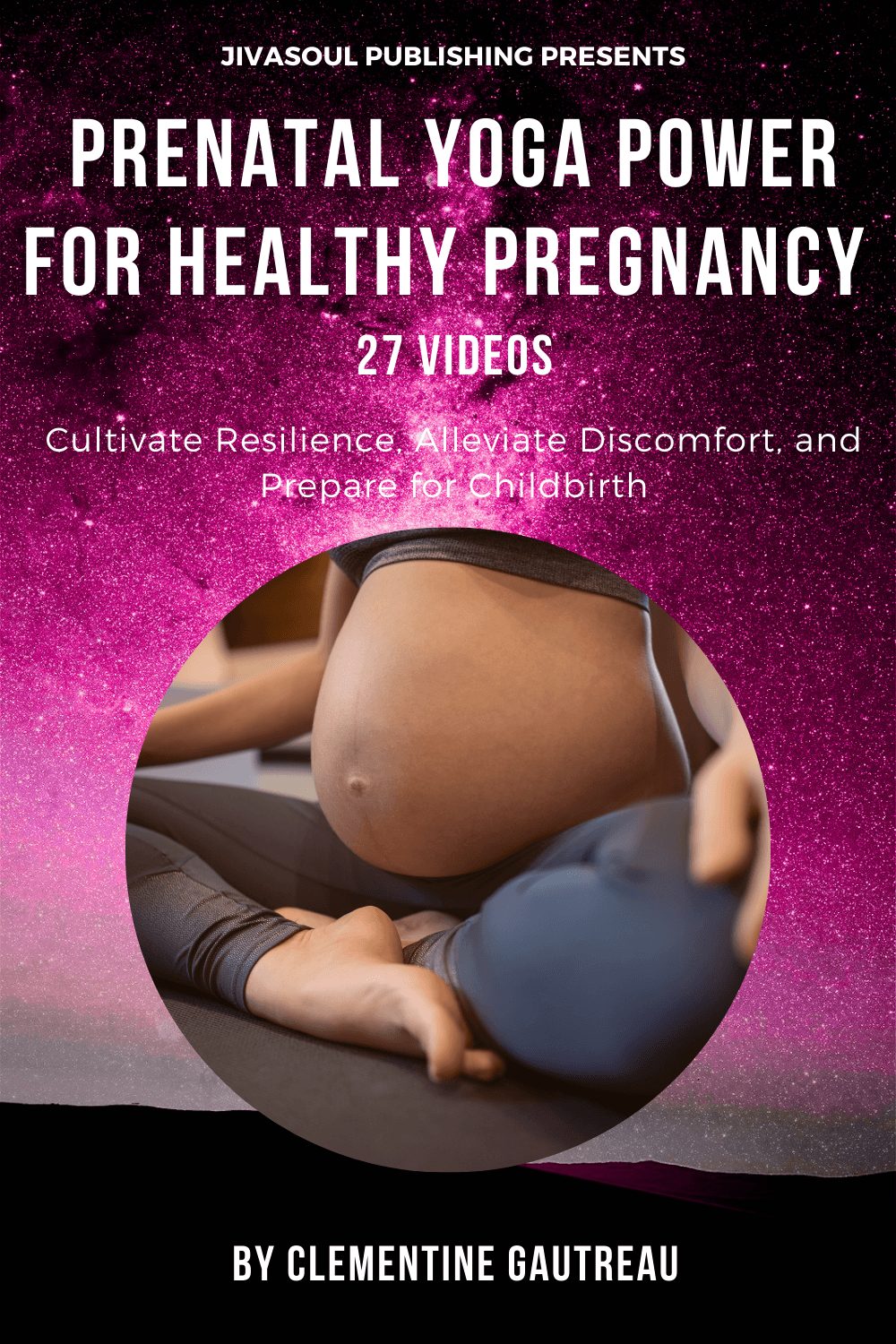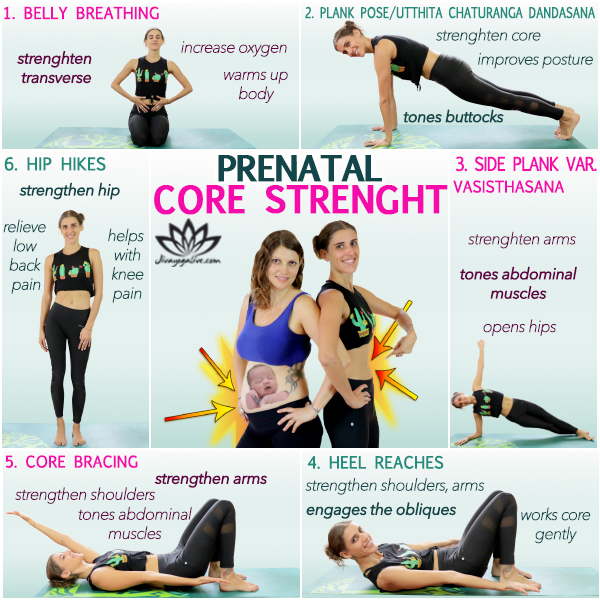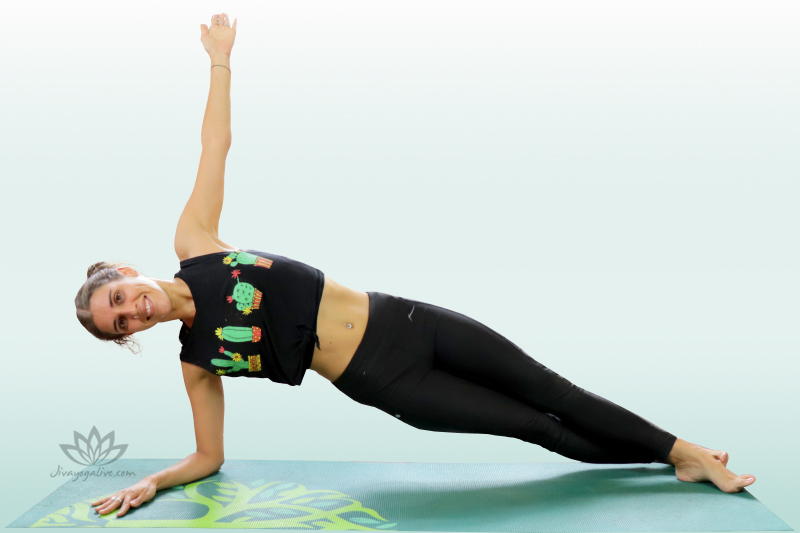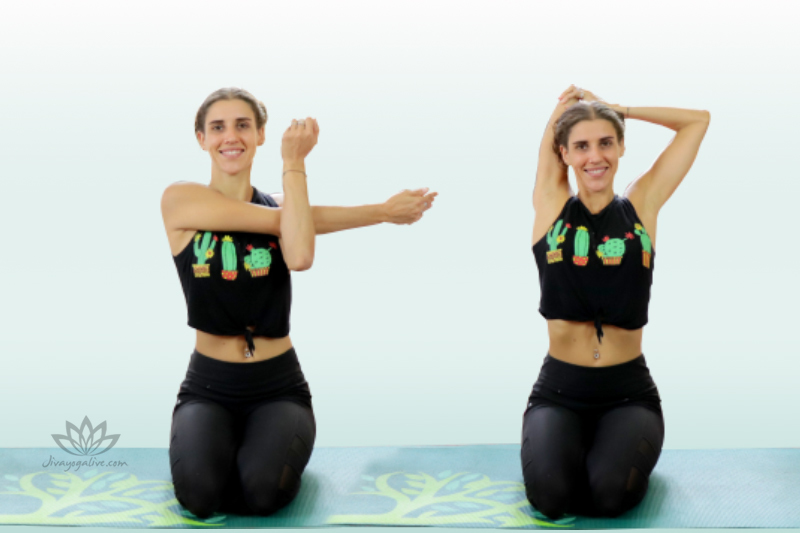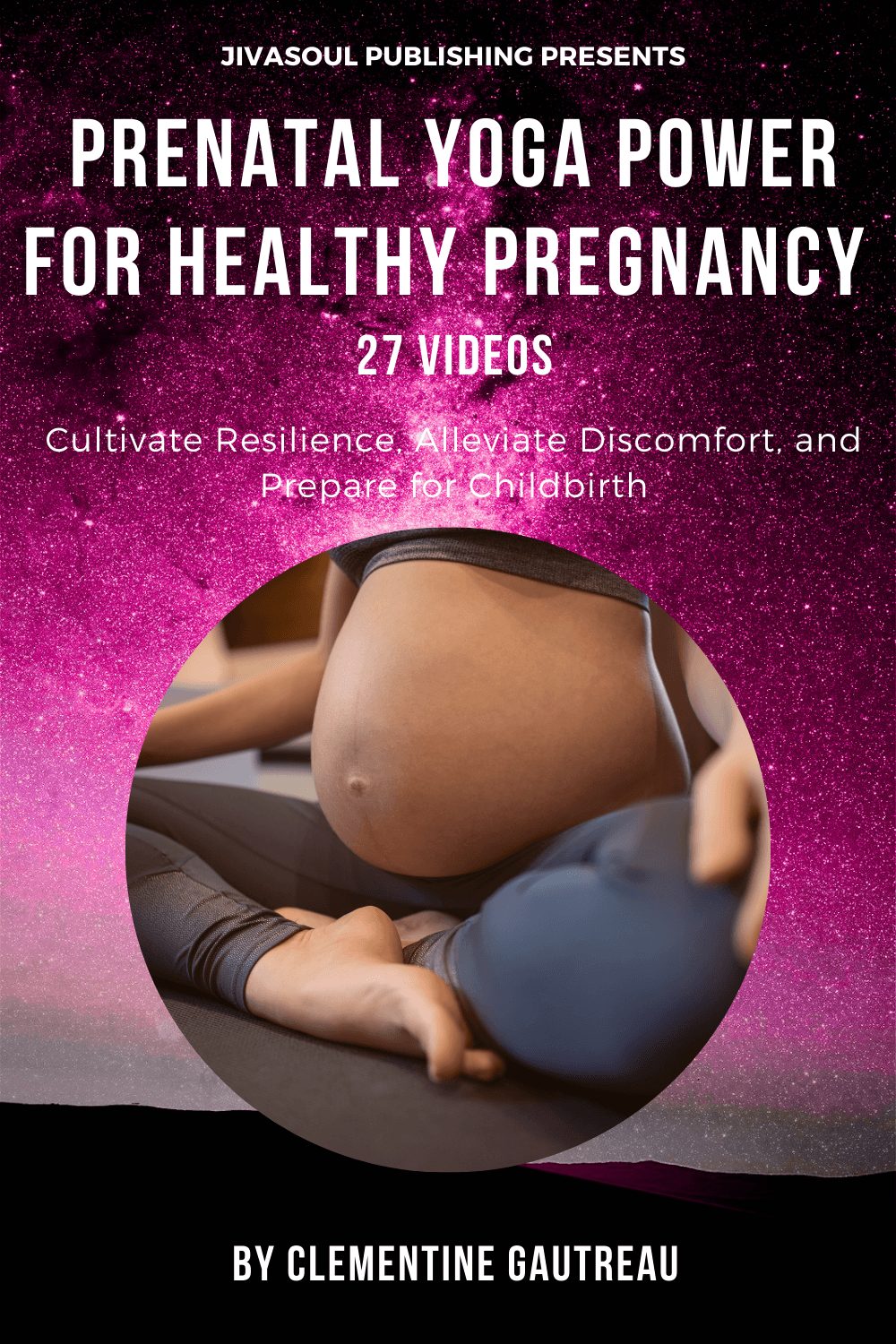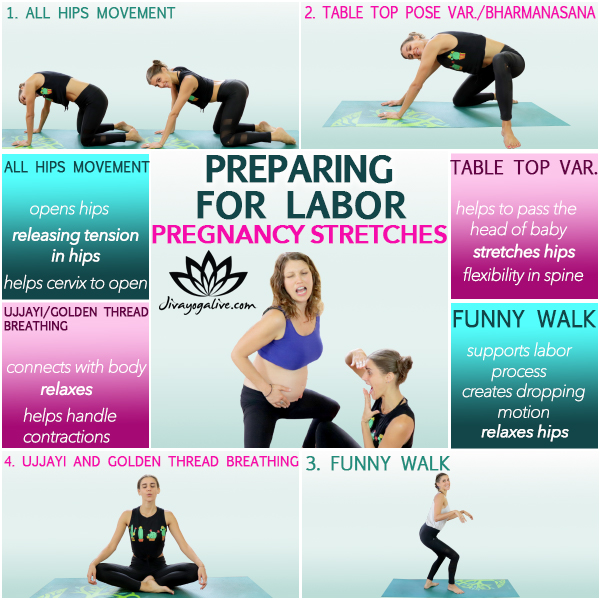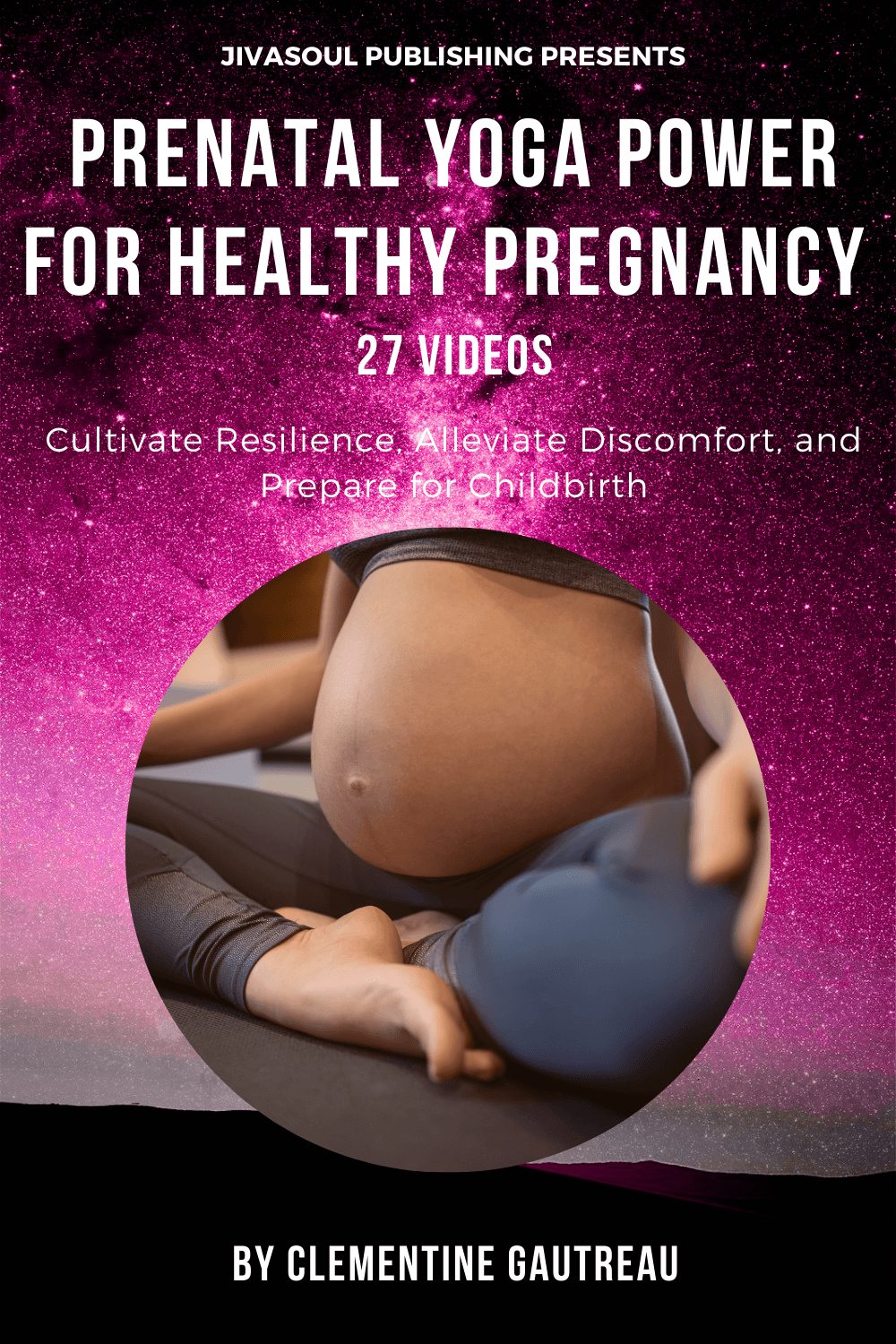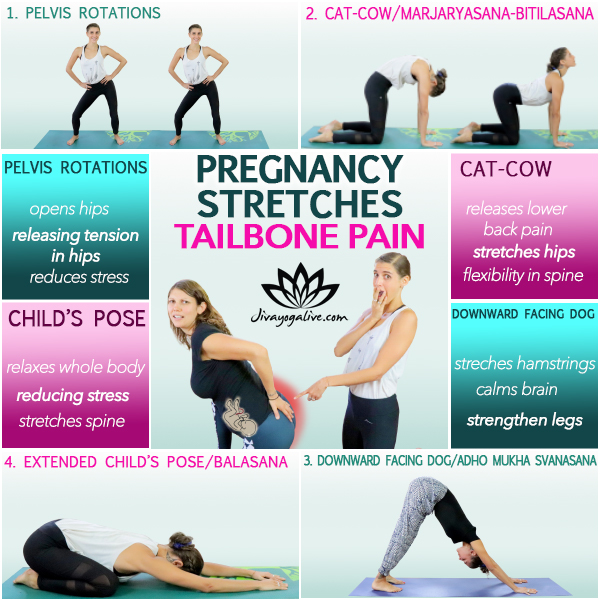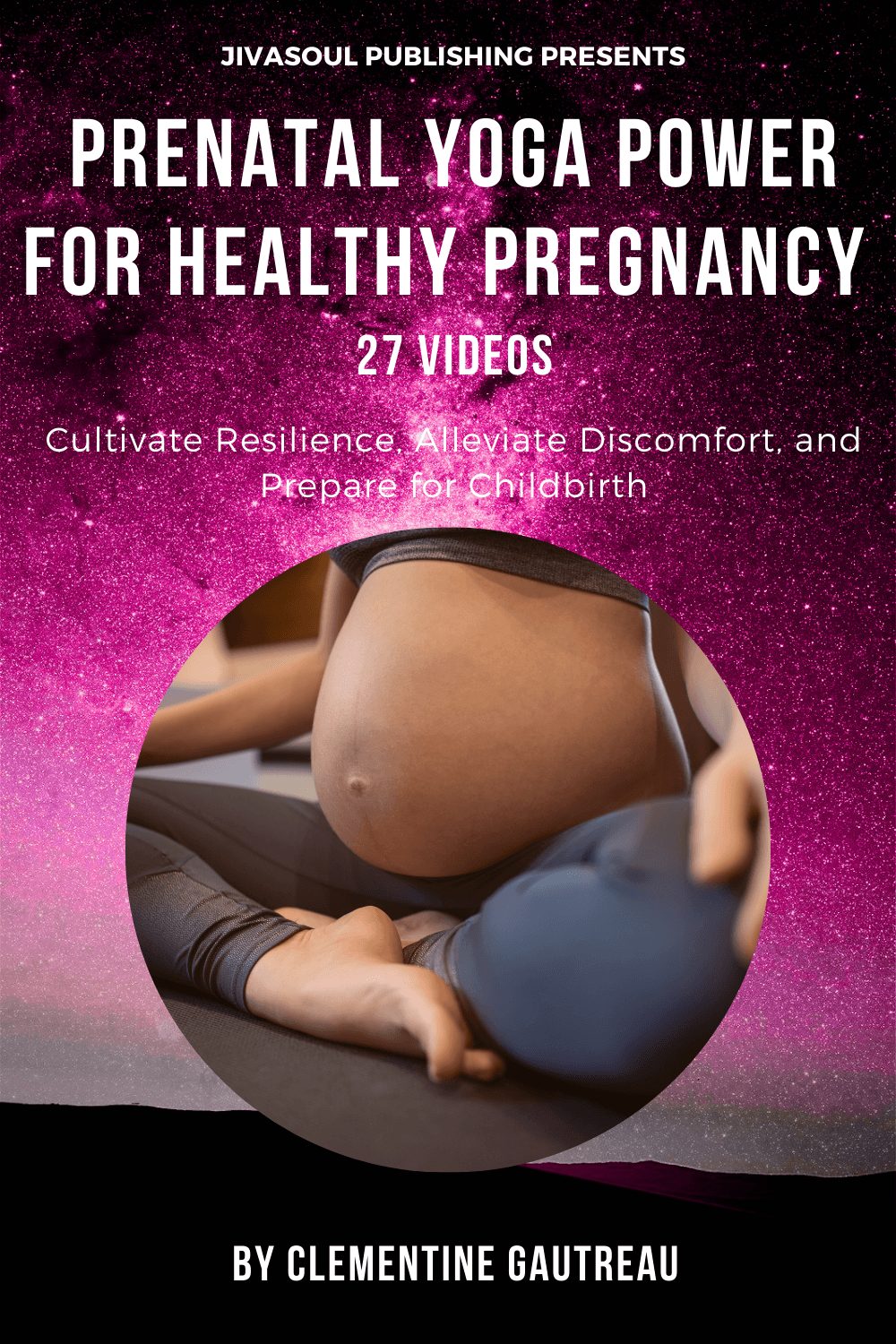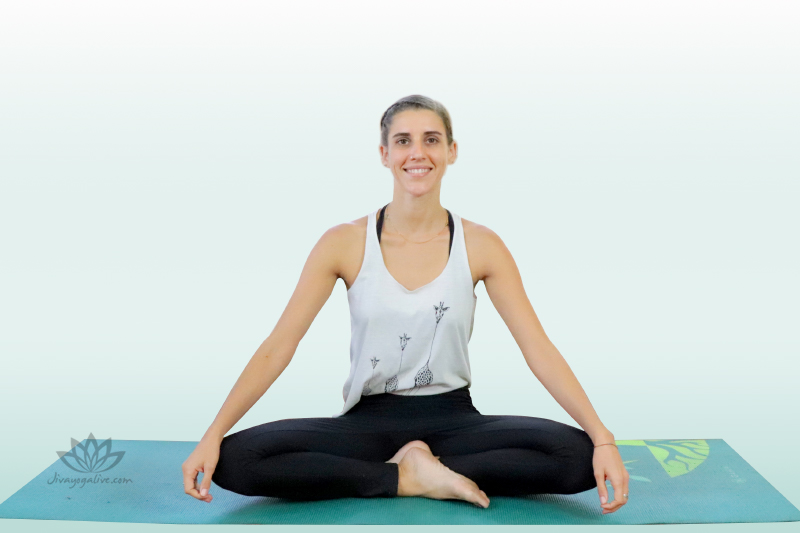Today´s article is all about yoga poses to improve fertility. Have you been trying to start a family but have had trouble conceiving? Maybe you thought trying to have a baby would be easy. But you’ve come to find that it’s not as simple as you once thought. Are you wondering if there are natural ways to improve fertility to increase your chances of becoming pregnant? I want you to know that you aren’t alone.
In fact, this experience is more common than we’ve been led to believe. The CDC states that, “About 6% of married women aged 15 to 44 years in the United States are unable to get pregnant after one year of trying (infertility). Also, about 12% of women aged 15 to 44 years in the United States have difficulty getting pregnant or carrying a pregnancy to term (impaired fecundity).”
7 Yoga Poses To Improve Fertility Infographic
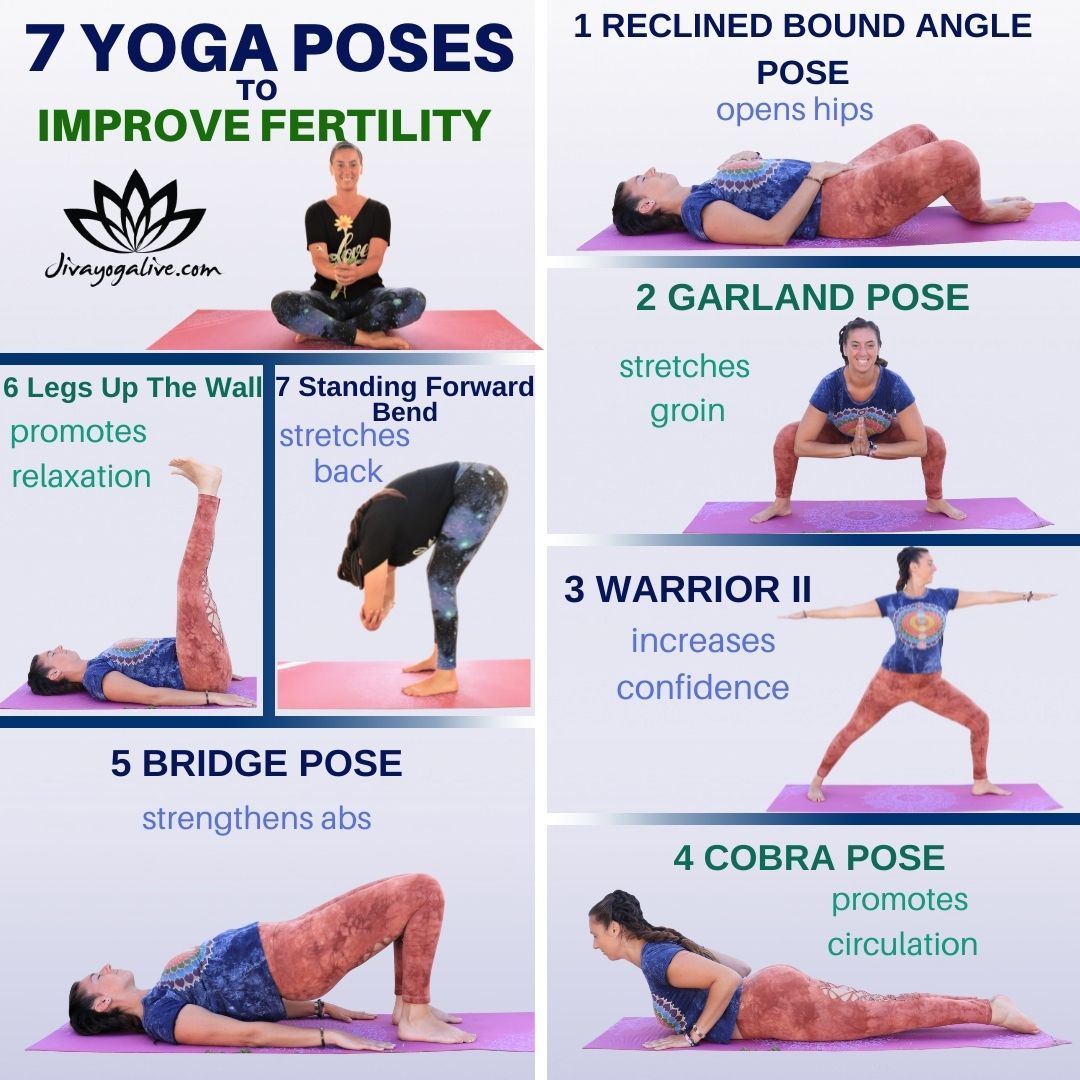
What is fertility yoga for women?
Many women are looking for natural alternatives to help them become pregnant. Yoga can work in combination with other holistic treatments to improve fertility. Certain yoga postures can help a woman’s body to prepare for conception in 3 major ways:
- Reducing stress while stimulating the relaxation response
- Strengthening the muscles of the pelvis while increasing flexibility
- Stimulating blood flow to the reproductive organs and sacral chakra
The menstrual cycle requires proper levels of over 10 different hormones for ovulation to occur. Ovulation, or the release of an egg from the ovaries, must happen for a woman to become pregnant. Chronic stress can cause low levels of hormones and missed ovulation. Yoga can help reduce stress, balance hormonal levels, and improve fertility.
Also, certain yoga postures strengthen and stretch the muscles of the pelvic region. This prepares the body for all stages of reproduction, from pregnancy to child birth.
And finally, other yoga poses work to increase blood flow to the reproductive organs. This works both on a physical and energetic level to improve chances of conception. In the pelvis lies a large group of nerves that come together in the area of the lower abdomen. This center of the body, known as the sacral chakra, houses a person’s sexual and creative energy. By bringing attention to this area of the body, you can naturally improve your fertility.
Grab a thin blanket for comfort and join me as I review the top 7 yoga poses to improve fertility! In this article you’ll learn why the poses work and how to start practicing yoga on your own at home to improve your fertility!
7 Effective Yoga Poses To Improve Fertility In Women
1. Reclining Bound Angle Pose – Supta Baddha Konasana
Reclined bound angle pose helps to bring about a feeling of balance while stretching the muscles of the groin and inner thighs. Remember to take deep breaths in and out through your nose to help the body relax while improving fertility.
1) Lie on your back with the soles of your feet touching and your knees splayed out towards the sides. It might feel good to place a thin blanket under your hips for extra support.
2) Close your eyes and place one hand on your heart and one hand on your lower abdominal region.
3) As you exhale, feel the breath flow from your heart to your pelvis.
4) On your inhale, allow the breath to travel back up from the pelvis to your heart. Do this for as long as you wish.

2. Legs Up The Wall Pose – Viparita Karani
Legs up the wall posture is a passive inversion that has a calming effect on the nervous system. It stretches the lower back and hamstrings while reversing the blood flow in the legs. This improves fertility by allowing for fresh energy to enter the space of the pelvis and reproductive organs.
1) Place a thin blanket at the base of a wall. Sit on the blanket with the side of your hips next to the wall and both legs facing one side.
2) Slowly begin to lower down onto your back as you lift both legs into the air.
3) Rest your legs on the wall, being sure to find a comfortable position in which you can rest you back on the ground.
4) Close your eyes and try the same breathing technique described above for as long as you wish.
5) To come out of the posture, bend your knees and turn to one side. Rest in the fetal position for several breaths before rising up to a seated position.

3. Garland Pose – Malasana
Garland pose is a deep squat that can help to stretch and strengthen the muscles of the pelvis and inner thighs at the same time. If you find these muscles to be very tight, ease into the posture and stay for only a few moments. Over time, you’ll find more space in the muscles of your groin, which can improve circulation during all stages of reproduction.
1) Facing the long edge of your mat, stand with your feet wide apart and your toes pointed slightly outwards.
2) On the inhale, bring your hands to meet in a prayer position in front of your heart.
3) On the exhale, bend your knees, moving into a deep squat. Squat as low as you can go comfortably while maintaining a straight spine.
4) Keep the entire base of your feet planted into the mat. You may even use your elbows to press into your knees, creating more space in the lower extremities.
5) To come out, begin to straighten your knees, rising back up into a standing position. Rest your arms down to your sides and step your feet back together.

4. Warrior 2 Pose – Virabhadrasana 2
Warrior 2 pose is a “go to” for improving both confidence and fertility. It strengthens the muscles of the legs and abdomen while stretching the muscles of the inner thighs.
1) Stand facing the long edge of your mat, spreading your legs 3-4 feet wide with your feet parallel to one another.
2) Turn the toes of your right foot towards the short edge of the mat. Make sure that your right heel is in line with the arch of your back foot. Keep your hips open to the wide edge of your mat.
3) On your inhale, raise both arms up and out towards your sides like the letter “T” while bending deep into your right leg. Aim to have a 90 degree angle between your right calf and thigh.
4) Keeping the outer edge of your left foot planted into the mat, turn your head to look out over your right arm.
5) Breathe here while pressing down through your legs and stretching the crown of your head up towards the sky. Reach your arms in equal and opposite directions.
6) To come out of the pose, straighten your right leg and lower your arms down towards your sides. Rest your hands on your hips. Turn the right toes back to the long edge of the mat, so that your feet are once again parallel.
7) Rest and breathe before repeating the same motions towards the opposite side.

5. Cobra Pose – Bhujangasana
Cobra pose increases energy flow to the pelvis by stretching the muscles of the lower abdomen, improving fertility. This posture is a back bending posture, which compresses the vertebrae of the lower spine. This gentle compression allows for fresh blood to rush back into the area of the sacral chakra after the pose is complete.
1) Lay on your stomach while placing your hands flat on the mat with your thumbs resting next to your armpits. Keep your elbows tucked in tight near the sides of your body.
2) Press the tops of your feet into the mat as you squeeze your inner thighs together. Engage your abdominal muscles while pressing your pelvis into the mat.
3) On your inhale, lift your head, neck, and chest off of the mat while keeping your lower body in contact with the ground beneath you.
4) Continue breathing deep in and out through your nose while lifting the crown of your head high and using the muscles of your upper back to hold you up. Little to no weight should be in your hands.
5) When you’re ready to come out, exhale while lowering your upper body back down onto the mat. Stack your forearms in front of your body and rest your forehead on top of your forearms for as long as you need to.
6) Bend your knees, lift your feet towards the sky, and rock them back and forth in a windshield wiper like motion. This releases any tension that may have accumulated in the lower back.

6. Bridge Pose – Setu Bandhasana
Bridge pose is a gentle inversion in which the pelvis is lifted above the heart. It increases blood flow to the reproductive organs and improves fertility. Bridge pose also stretches and strengthens the muscles of the groin and upper thighs.
1) Lay on your back with your knees bent. Place your feet hip width distance apart.
2) Roll your shoulders underneath your back to form a stable base. Reach your arms down towards your feet and plant your palms into the mat.
3) On your inhale, press into your heels to lift your hips towards the sky. Continue to breathe in and out through your nose as you relax your glutes. Use the muscles of the abdomen and quadriceps to hold you up.
4) Be sure to keep your thighs and knees hip width distance apart. If it feels comfortable for you, you can clasp your hands together underneath your body.
5) To come out of the pose, release your hands, moving them out from underneath your body. Plant your palms into the mat as your arms extend down towards your feet.
6) On the exhale, begin to lower your pelvis back down towards the Earth, one vertebrae at a time. Once your entire back rests on the mat, take a moment to pause and breathe.
7) You can rock your knees side to side in a windshield wiper like motion to release any tension in the thighs and abdomen. You may even find comfort while hugging your knees inward towards your chest.

7. Standing Forward Bend – Uttanasana
Standing forward bends stretch the lower back and hamstrings, allowing for fresh energy to stimulate the sacral chakra. Forward folds are calming to the nervous system. They increase feelings of relaxation while balancing hormones and improving fertility.
1) Stand at the front of your mat with your feet hip width distance apart. Keep a slight bend in your knees.
2) Root down through all 4 corners of your feet as you inhale, stretching your arms out to the sides and up overhead.
3) On the exhale, begin to swan dive forward with a flat back, lowering your arms down to the Earth. Rest your lower abdomen into your upper thighs as the crown of your head points down towards the ground.
4) Rest here for as long as you feel comfortable. Relax your arms as you stretch your upper body down towards the Earth.
5) With each round of breath, begin to straighten your legs, feeling the stretch in your hamstrings and lower back.
6) To come out, bend your knees, and press into your feet to lift your upper body out of the forward fold. On the inhale, rise up and lift your arms overhead.
7) Exhale as you lower your arms back down towards your sides. Rest and breathe.

Featured Video: Seven Yoga Poses To Improve Fertility
Yoga Poses To Improve Fertility FAQ
Question: Is meditation or yoga helpful for fertility issues?
Answer: Consult your healthcare provider before beginning any kind of new exercise routine. The yoga poses to improve fertility shared in this article can improve your health and bring about great benefits for your body and mind. However, they are not substitutes for medical treatment. Yoga alone is not guaranteed to treat or cure infertility. Rather, the practice of these yoga poses to improve fertility can be a great compliment to other healthy habits.
Conclusion
So what are the benefits of fertility yoga?
In conclusion, yoga can help to improve fertility in 3 major ways:
- Reducing stress
- Increasing strength and flexibility
- Stimulating blood and energy flow to the reproductive organs
Practicing these 7 yoga poses to improve fertility can help you reduce stress. This can help to balance hormone levels and increase the chances of conception.
Yoga also helps to stretch and strengthen the muscles of the pelvis and abdomen. Improving the body’s levels of strength and flexibility can be helpful during all stages of reproduction.
And finally, yoga stimulates blood and energy flow to the reproductive organs and sacral chakra. Focusing on this area of the body increases both your creative and sexual potential. Thank you for reading. Now it’s time for you to get busy practicing these 7 yoga poses to improve fertility! 😉
About
Clementine
Clementine is a multi-style prenatal yoga teacher, world traveler and animal lover. She started yoga back in 2015 and fell in love with this beautiful ancient practice. Read More..
